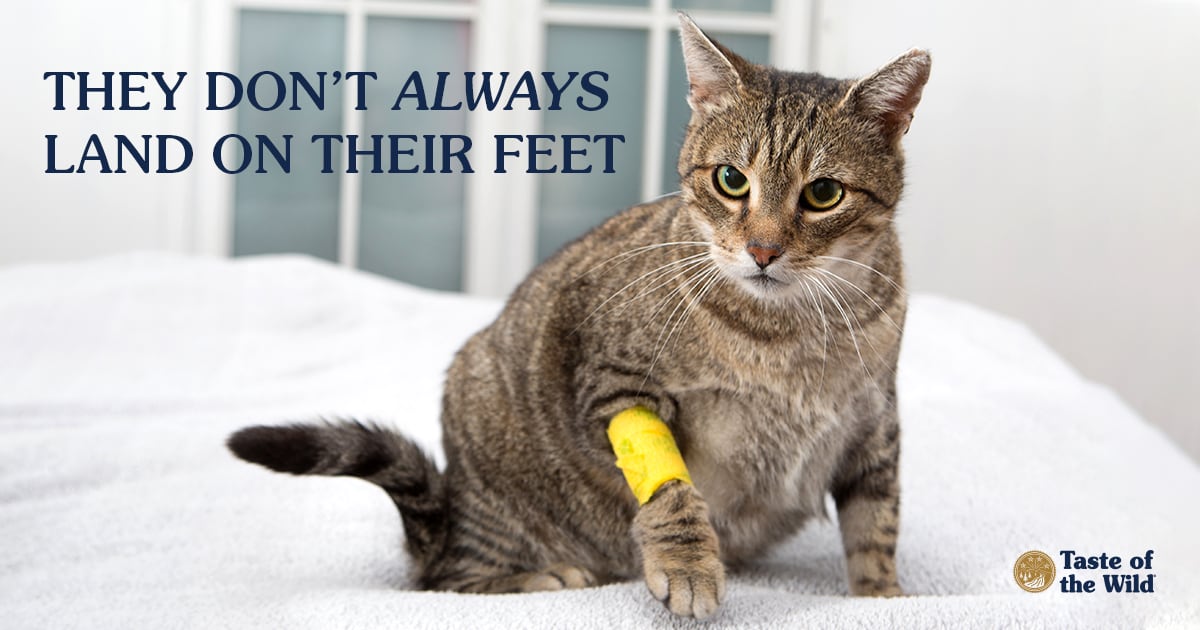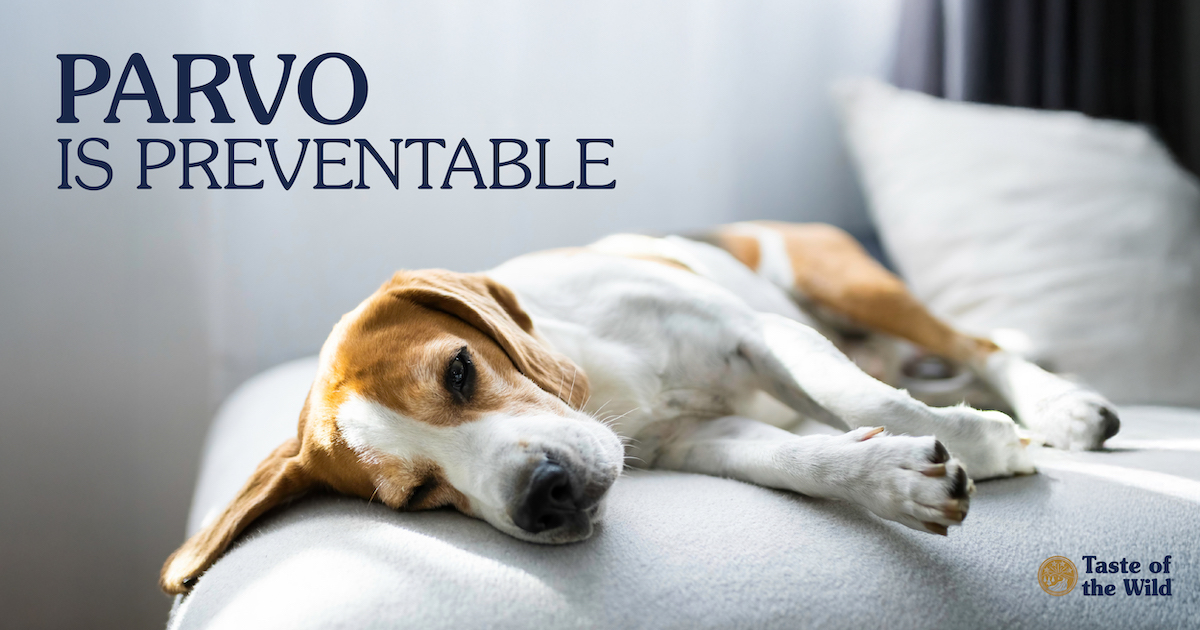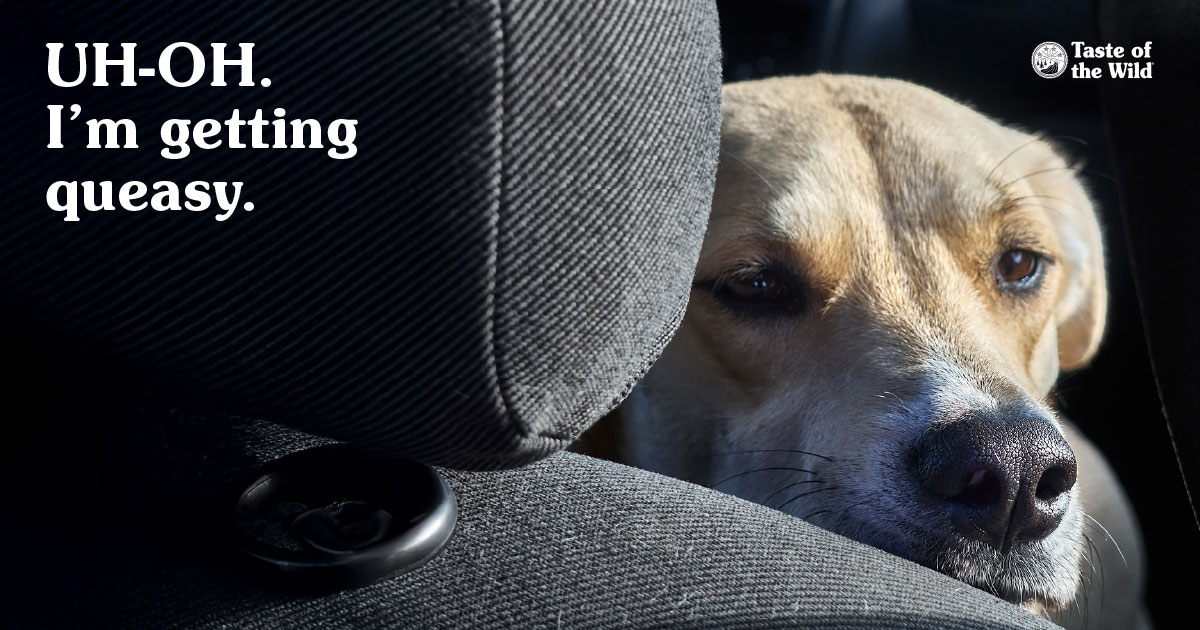Cruciate Ligament Ruptures in Cats
Thursday, January 30, 2020 | Health

Cats have a reputation for always landing on their feet. One cat, in fact, fell 32 stories, suffering only a minor lung puncture and a chipped tooth. It was released from the hospital in two days, according to the Animal Medical Center of New York City.
What makes cats so lucky? They have an innate righting reflex, whereby the vestibular apparatus in their ears enables them to determine which way is up. They then turn their heads and their bodies follow, often enabling them to land feet first.
Of course, not all cats fall from great heights or survive a fall without injury. It’s possible for your cat to injure itself simply from jumping off the kitchen counter. Among the myriad of injuries that can happen when they do stumble is a cruciate ligament tear in the knee. While it’s more common for people and dogs to experience this kind of injury, it does happen in cats, and it can be the cause of hind limb lameness.
What are cruciate ligaments?
Inside the knee, there are four bands of fibrous connective tissue, or ligaments, that help stabilize the joint. Two of those ligaments, the cranial and caudal cruciate ligaments, help connect the top leg bone (the femur) to the lower leg bone (the tibia). Along with the surrounding muscles, they help keep the knee joint stable during movement.
What causes ligament tears or ruptures in cats?
The cranial cruciate ligament may tear, or partially tear, for a number of reasons. Most often, the ligament may rupture due to trauma, such as getting hit by a car or if a cat jumps from a height and lands the wrong way. Or the ligament may become weakened from wear and tear over the years.
Sedentary, obese cats have a double whammy: ligaments can be strained from carrying too much weight, and they may lose muscle tone from lack of exercise, which requires the ligaments to work harder to support the knee. Often the menisci, or cartilage that cushions the two bones, can become torn as well, which adds more pain.
How can you tell if your cat has a problem?
Cats are experts at hiding signs of pain. Even so, the signs may depend on whether your cat has a full cruciate tear or a partial tear. With a full tear, your cat may suddenly stop using one rear leg or intermittently favor one rear leg. Or your cat may shuffle or crouch in the rear when walking.
With a partial tear, the signs may be more subtle, such as your cat may not jump up or down like it used to in the past. The signs can also be more general, such as lethargy, unwillingness to walk or aggression when touched.
If you suspect the injury, your veterinarian will examine your cat’s knee for signs of pain, joint laxity, swelling and muscle atrophy. He or she may also recommend X-rays to look for extra fluid in the joint.
How are cruciate tears treated?
Surgery is generally recommended to stabilize the joint, because painful osteoarthritis will most likely develop as long as the joint is unstable. Also, it’s possible for your cat to tear the other cruciate ligament because it may put all its weight on the opposite leg to relieve pain in the affected limb.
In the case of a partial tear, your veterinarian may recommend conservative therapy. This may consist of restricted activity, cage rest, physical therapy, weight loss if needed and appropriate pain medications. If there is no improvement after several weeks, surgery is usually recommended.
Of course, your veterinarian is the best person to advise you on the best approach to help your cat. And just to be on the safe side, remove access to ledges and balconies, so you won’t have to find out if your cat can really land on its feet.
The information in this blog has been developed with our veterinarian and is designed to help educate pet parents. If you have questions or concerns about your pet’s health or nutrition, please talk with your veterinarian.




